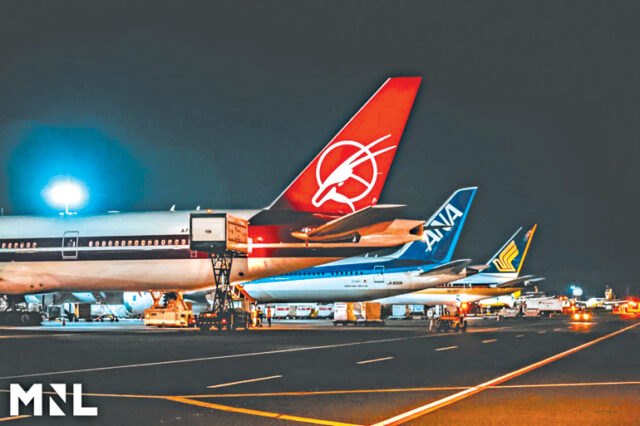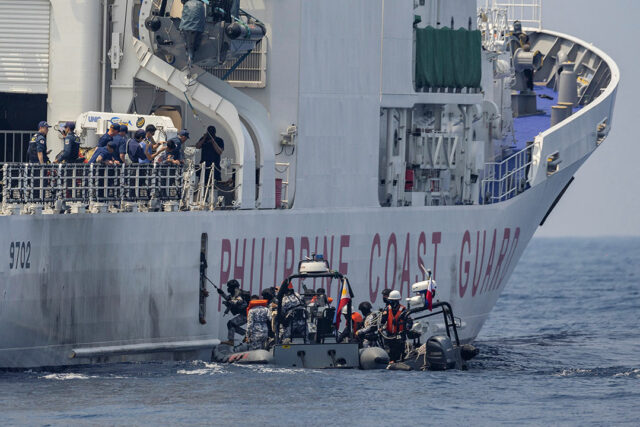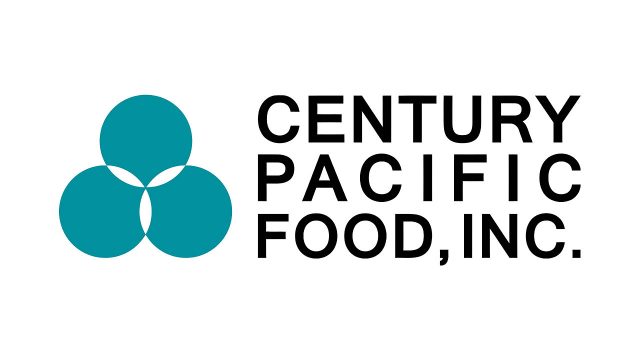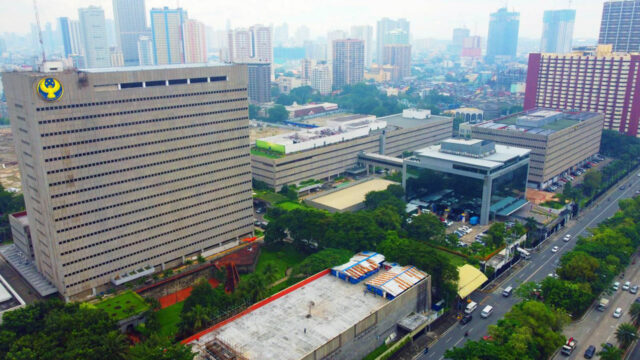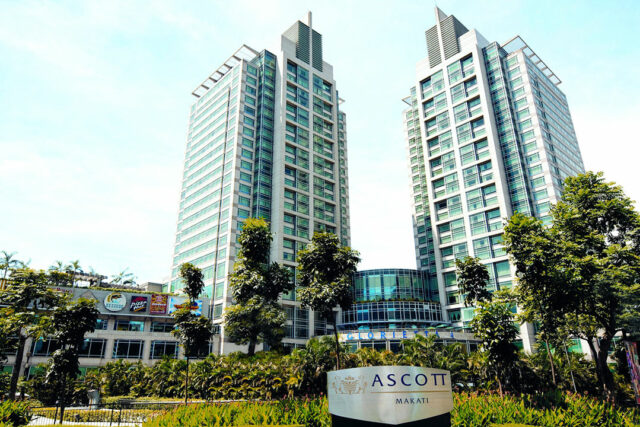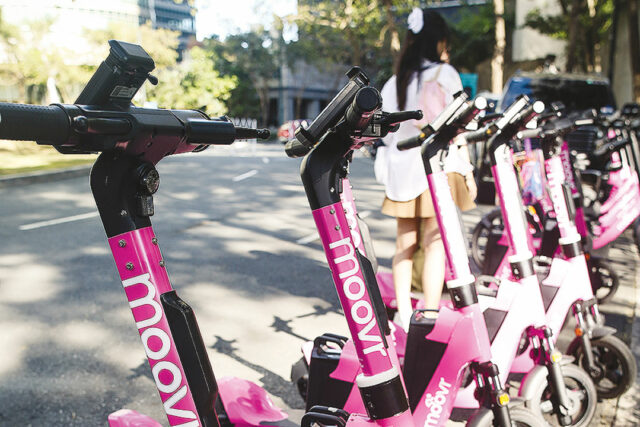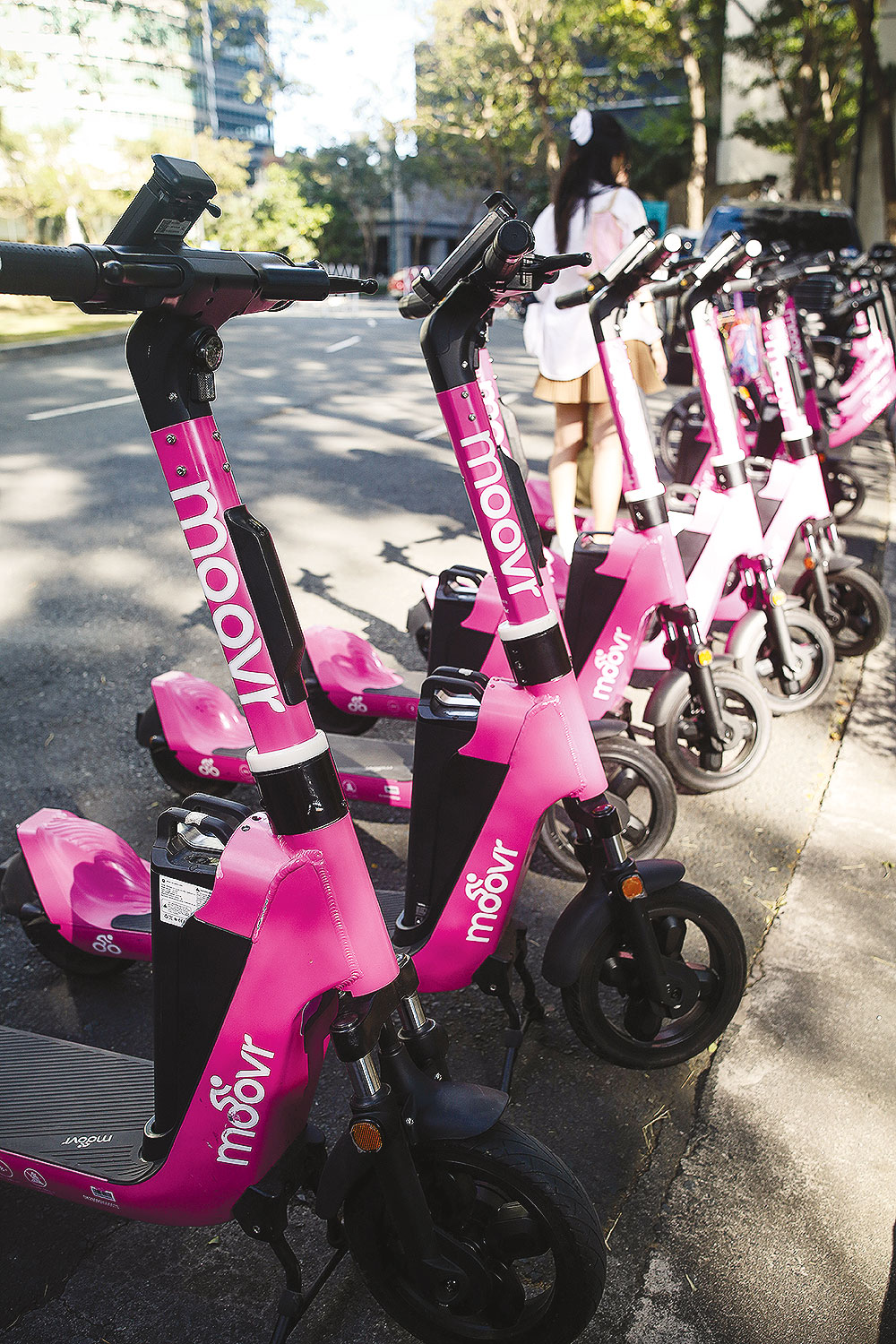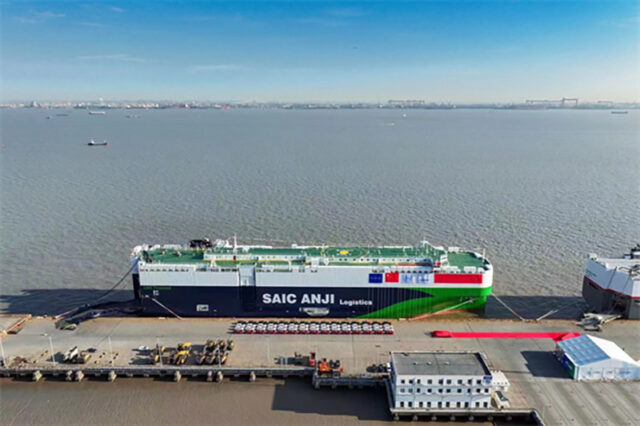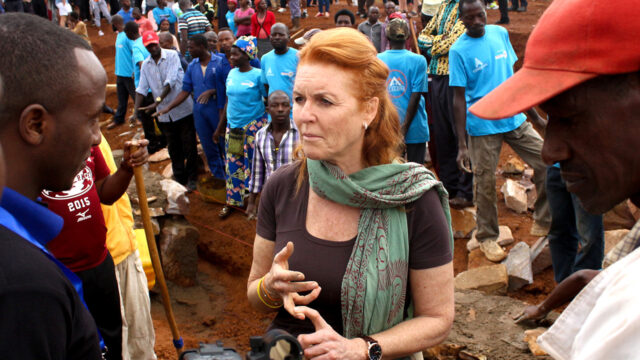Build bigger, better, bolder (Part 2)
The top management and board of directors of the Maharlika Investment Corp., foreign infrastructure companies interested in owning and managing large-scale infrastructure such as those from Spain and Japan, and domestic infrastructure and construction enterprises will be interested in the highlights of a recent Philippine Infrastructure Summit because these would help them understand the economic environment in which their businesses will be operating in the next five years or so. In his keynote speech, Senator Joseph Victor “JV” G. Ejercito said the new Public-Private Partnership (PPP) Code would efficiently fast-track all the processes for key infrastructure projects. The National Economic and Development Authority (NEDA) will limit itself to approving projects greater than P15 billion. Local governments can approve projects below this amount. Senator Ejercito expressed hope that most of the 197 infrastructure flagship projects will be funded by foreign direct investments.
In an advisory, PWC said the legislation consolidates all laws and regulations on the procurement of public assets through PPP arrangements. In addition to the Build-Operate-Transfer (BOT) arrangements under the old BOT law (one of the game changers in the golden economic era ushered in by former President Fidel V. Ramos), the new PPP Law now covers joint ventures and toll operation agreements. It also covers lease agreements on the rehabilitation, operation, and/or maintenance, including working capital and/or improvements by the private partner of an existing land or facility owned by the government for more than a year. The code likewise covers lease deals when the lease is a component of a PPP project, as well as other contractual arrangements that have the elements of a PPP.
The new law makes clear how LGUs can implement these PPP projects. A good number of the foreign infrastructure companies who attended road shows in which I have participated in the past few months have expressed great interest in infrastructure projects that can be implemented in partnership with LGUs like Batangas, Bataan, Oriental Mindoro, Siquijor, Palawan, Baguio, etc. This is a very healthy trend of decentralizing decisions to build regional infrastructure. Under the law, LGU projects regardless of cost will be approved by the local councils. Projects of local universities and colleges must be approved by their boards. This provision will be very relevant once the proceeds from National Government revenues are finally transferred to LGUs under the so-called Mandanas-Garcia ruling. I hope President BBM will see to it that this very important decentralization move is fully implemented, despite some hesitation of some top Finance officials.
NEDA-ICC, with the endorsement of the Regional Development Council (RDC), must approve any government undertakings using National Government funds for Local PPP projects within 60 days from submission of complete documents. Local PPP projects affecting national or sectoral development plans and national projects must likewise get the endorsement of the National Government through the respective RDCs. Endorsements must be made within 30 days from submission of complete documents, otherwise the project is deemed approved. PPP projects must be approved within 120 calendar days from receipt of complete documents, otherwise the project is deemed approved.
In the road shows I referred to above (there will be more road shows in 2024, especially for Japan, South Korea and Taiwan) there was a wealth of proposals from foreign investors about what they perceive are the infrastructure lacking in the Philippines, especially in transport, energy, telecommunications and water facilities. The idea of submitting unsolicited proposals was brought up very often. I am glad that the new law is clear about unsolicited proposals. These proposals are allowed for projects included on the list of PPP projects solicited by the implementing agency, provided that there will be reimbursement of development costs incurred by the agency on the project during the last three years, as well as reimbursement of less than or equal to 6% of actual project cost (excluding the cost of right of way acquisition).
We should try to attract FDIs for both nationally funded projects, as well as those at the local government level. This will enable us to hit a target that I have set for the BBM administration: FDI flows of $15-20 billion annually, mostly in the three strategic areas of infrastructure, renewable energy (including nuclear) and large-scale agribusiness projects. As Senator Ejercito mentioned, the Philippines has been receiving more or less $9 billion of FDIs annually on the average in the last few years, except for 2021 when FDIs breached $10 billion. Vietnam has attracted more than double that average.
In fact, at this point in 2023, Vietnam had already received $25 billion of FDIs. These inflows should complement the government’s infrastructure spending, which is at 5-6% of GDP. This can hardly meet the requirements for improving much needed rural infrastructure such as farm-to-market roads, irrigation systems, post-harvest facilities and other public works direly needed by small farmers to improve their meager incomes. These infrastructure funds from the government are also badly needed in increasing the number and improving the quality of public school buildings, as well as health-related facilities. We are far from hitting the desired target of spending 6% of GDP each on education and health, the average spent by our ASEAN neighbors. That is the reason why as much as possible, all the big-ticket infrastructure items such as renewable energy and large-scale agribusiness projects should almost be singlehandedly funded by FDIs in partnership with domestic enterprises (including the Maharlika Investment Corp.), which are now legally allowed to take a minority ownership as a result of the amendment of the Public Service Act, which in effect creatively amended the Constitution without the need for a constituent assembly or constitutional convention, which some members of the House of Representatives are advocating and President BBM seems to be encouraging.
As the chairman of the committee on the national economy of the Constitutional Convention of 1986 that drafted the Philippine Constitution of 1987, I can speak with authority that there is no need at this stage to spend precious time and effort on Charter change. The most onerous restrictions against foreign investments have already been removed through the amendment of the Public Service Act. The only remaining restrictions are land ownership and foreign investments in education, mass media and advertising. These restrictions do very little harm to the national economy. In the first place, foreigners who invest long-term capital in agribusiness ventures (like those who have made the Philippines a major power in the export of bananas and pineapples) are not interested in tying up capital in land. They prefer to lease land as in the case of Del Monte and Dole. Foreigners who want to own residential units can already own them in the thousands of condominium projects spread out all over the country.
As for advertising and media, there is enough local capital and talent to restrict these sectors to Filipinos. Lastly, there is not much harm done to the economy by prohibiting foreigners from owning educational institutions. It would be very counterproductive at this stage to insist on distracting the whole country from some urgent objectives like food security, improving the quality of basic education and delivering quality health services by pushing for an amendment of the Constitution in whatever way. Any change in the Constitution can wait for the next administration once the BBM government has delivered on its most important short-term objectives of the agricultural sector growing at an average of 2-3% yearly, increasing the investment-to-GDP ratio to at least 30% and reducing leakages from corruption. Substantially attaining these three objectives will go a long way in accelerating GDP growth in the remaining years of the BBM administration to 8% or more annually, thus increasing the chances that the poverty rate can be reduced to single-digit level by 2028 from 22% now.
(To be continued.)
Bernardo M. Villegas has a Ph.D. in Economics from Harvard, is professor emeritus at the University of Asia and the Pacific, and a visiting professor at the IESE Business School in Barcelona, Spain. He was a member of the 1986 Constitutional Commission.


